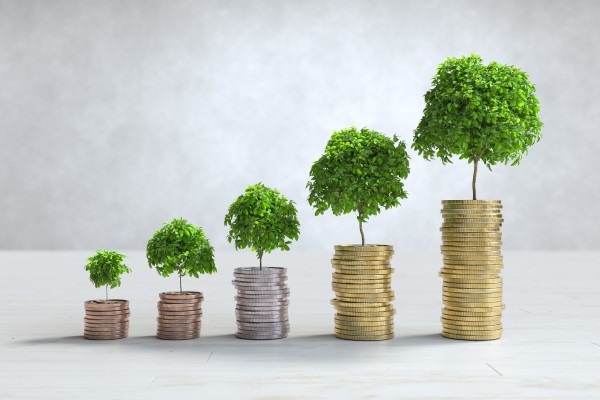Green Finance in Vietnam
Vietnam is one of the five countries most likely to be affected by climate change because most of the population lives in low-lying coastal areas. It is estimated that climate change will reduce the country's national income by up to 3.5 per cent by 2050.
Vietnam is one of the five countries most likely to be affected by climate change because most of the population lives in low-lying coastal areas. It is estimated that climate change will reduce the country's national income by up to 3.5 per cent by 2050.
Due to the adverse impacts of climate change, green growth financing projects play a very important role for the sustainable development of Vietnam. The green growth trend of international investment organisations is opening up many opportunities to raise capital for Vietnamese firms, however, in order to receive the international capital funding, local firms also need to make more efforts and be consistent with their planned development goals and most important that the government should create capital market environments and systems to support green finance.
The most widely recognized set of green finance criteria is the Green Bond Principles (GBP), which were established in 2014 by a group of international organizations, including the International Capital Market Association (ICMA). The GBP provide voluntary guidelines for the issuance of green bonds, which are used to finance environmentally sustainable projects.
In addition to the GBP, other sets of green finance criteria have been developed by various organizations, including the Climate Bonds Initiative (CBI) and the European Union's Taxonomy for Sustainable Activities. These criteria typically include the following elements:
Environmental objectives: Projects must be designed to address environmental challenges, such as climate change, air and water pollution, or biodiversity loss.
Project eligibility: Projects must meet specific criteria related to their environmental impact, such as the amount of greenhouse gas emissions reduced or avoided.
Use of proceeds: The funds raised through green finance must be used to finance eligible projects that meet the criteria.
Reporting: Issuers of green bonds and other green finance instruments must disclose information about the use of proceeds and the environmental impact of the projects financed.
Overall, green finance criteria are designed to ensure that investments are directed towards sustainable and environmentally beneficial projects, while also providing transparency and accountability to investors and other stakeholders.
RCEE-NIRAS and its international consultant team partner is conducting a study to carry out the preparatory work for a Multisectoral Green Program, including green credit lines to be granted by AFD to a pool of public banks in Vietnam. This Credit line shall be offered together with a technical assistance program to partner banks, final beneficiaries, and the central bank. Furthermore, depending on the Feasibility study’s result, AFD could eventually offer a whole package (Non sovereign loans – Technical Assistance – Investment grant (to be mobilized from EU)) to the beneficiaries (public banks and final beneficiaries) in the sector(s) in need.

 English
English  Tiếng Việt
Tiếng Việt 